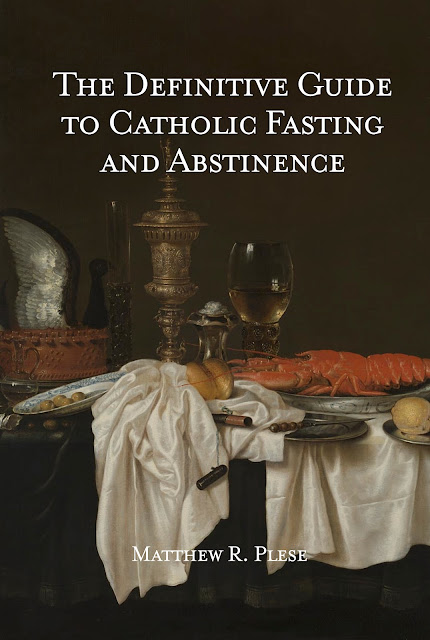As mentioned in my articles on the catastrophic decline in fasting in the lives of Catholics, the notion of shared days of communal penance (e.g. abstinence on Fridays and shared days of fasting for Lent, Ember Days, and Vigils) has all but vanished. What is even more concerning than losing these traditions and connections with the Faith as it has been practised for centuries is that the Church has taught that days of communal penance are more efficacious than mere private penances. The trend to encourage private fasting and penances and reduce Church-wide fasting to only Ash Wednesday and Good Friday is deplorable.
As Dom Gueranger writes in his article on Ember Wednesday for September:
We have already spoken of the necessity of private penance for the Christian who is at all desirous to make progress in the path of salvation. But in this, as in all spiritual exercises, a private work of devotion has neither the merit nor the efficacy of one that is done in company with the Church, and in communion with her public act; for the Church, as bride of Christ, communicates an exceptional worth and power to works of penance done, in her name, in the unity of the social body.
He continues by quoting the following passage from Pope St. Leo the Great:
God has sanctioned this privilege, that what is celebrated in virtue of a public law is more sacred than that which depends on a private regulation. The exercise of self-restraint which an individual Christian practises by his own will is for the advantage of that single member; but a fast undertaken by the Church at large includes everyone in the general purification. God’s people never is so powerful as when the hearts of all the faithful join together in the unity of holy obedience, and when, in the Christian camp, one and the same preparation is made by all, and one and the same bulwark protects all...
Let us not only keep the traditional days of fasting as were known and practiced long before the 1900s but also work to restore their observance to the Universal Church. Then we can reap even greater merits.











